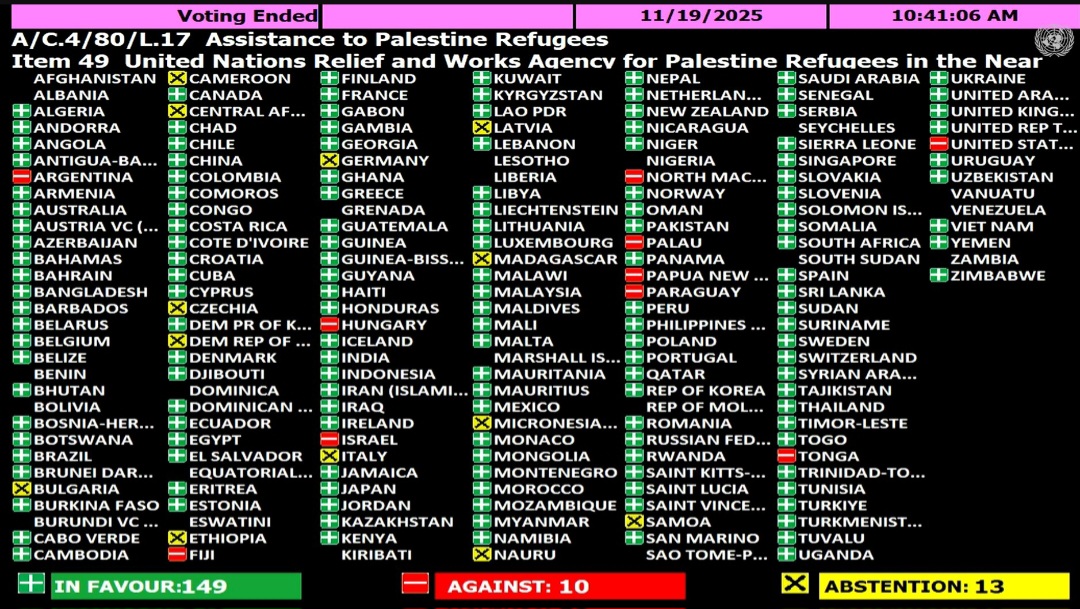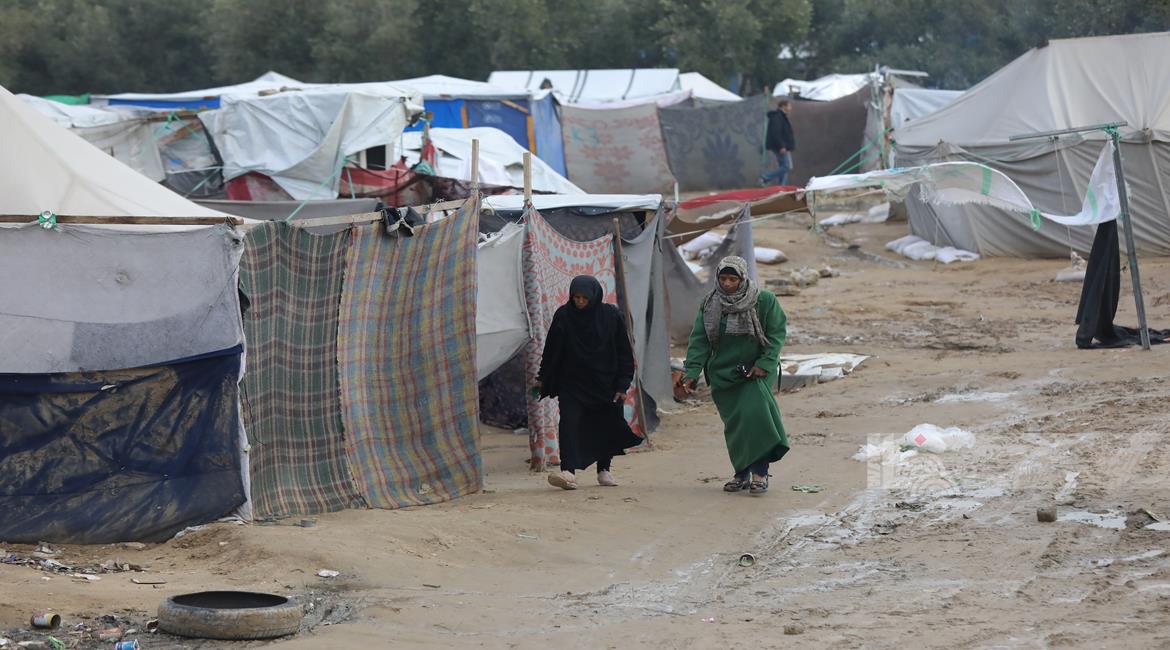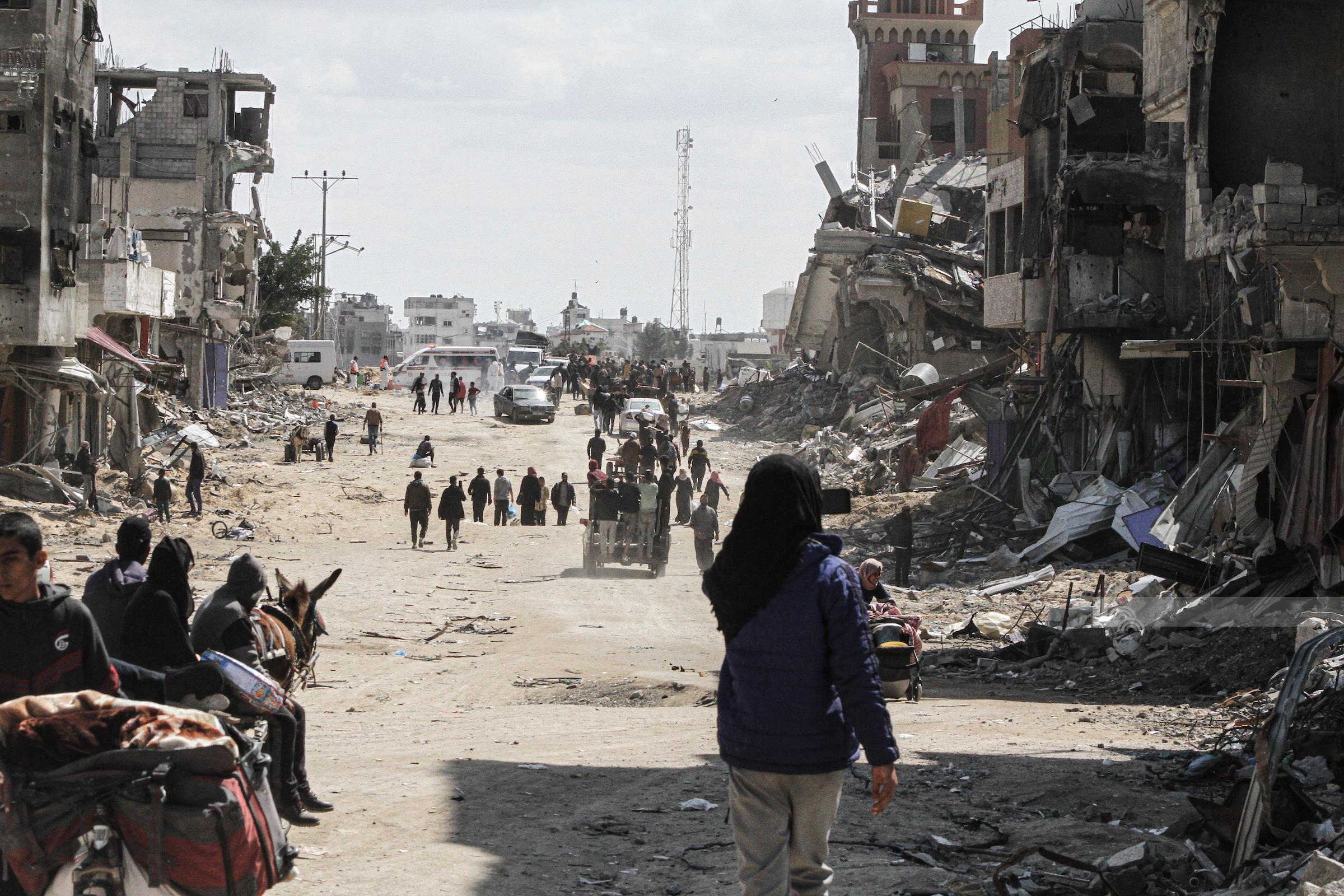NEW YORK, October 26, 2025 (WAFA) – UNICEF issued an alarming assessment today of the humanitarian crisis in Gaza, confirming that one million children have endured "daily horrors" in "the most dangerous place in the world."
Edward Beigbeder, UNICEF’s regional director for the Middle East and North Africa, revealed plans to scale up the response to address the looming famine, calling for the immediate opening of all border crossings, as child casualty statistics continue to mount.
In a statement, UNICEF painted a bleak picture of the reality facing Gaza’s children. While the recent ceasefire offered a "vital opportunity" for their survival, the organization emphasized that current aid remains insufficient to address the scale of destruction.
UNICEF disclosed harrowing statistics on the impact of the war on children, noting that "words and numbers alone cannot convey the full extent of the devastation" that will continue to affect generations to come.
More than 64,000 children have been killed or injured, over 58,000 have lost at least one parent, and one million children in Gaza are suffering the daily horrors of survival.
Beigbeder emphasized that UNICEF is "racing against time" to save children’s lives from threats such as famine, and it is expanding efforts to address malnutrition in the face of Gaza’s food crisis. He underscored that these efforts are critical and urgent given the deteriorating nutritional situation.
UNICEF linked the humanitarian response to the urgent need to "open the crossings." While acknowledging a rise in the quantity of aid, the organization stressed that it is still "insufficient."
In a direct appeal, UNICEF called on Israeli authorities to immediately open all crossings into Gaza to ensure the unhindered flow of lifesaving aid. The organization explained that its efforts have not only focused on health and food aid but also on attempting to save Gaza’s children's educational future.
UNICEF announced it has reintegrated over 100,000 children into education during the war and aims to return 650,000 children to school as part of its long-term recovery plan.
M.N











